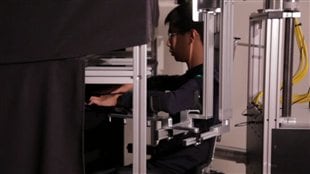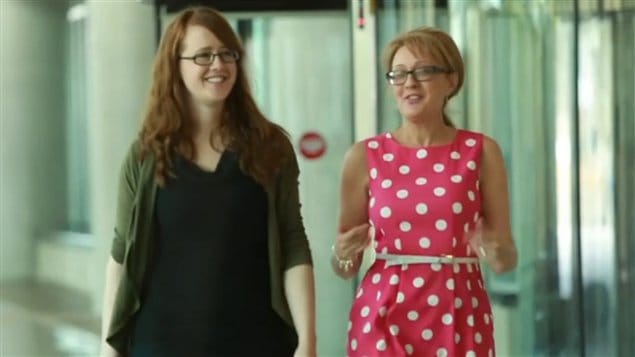Most Canadians don’t have a good understanding of stroke and 20 per cent mistakenly believe it is almost always fatal, according to the Heart and Stroke Foundation. They often don’t realize that research is dramatically improving the outlook for rehabilitation.

Stroke is a worldwide issue. As young people become more sedentary and eat foods containing high levels of sugar, salt and fat, they increase their chances of getting the “double whammy” of stroke and dementia at a much earlier age than their parents or grandparents, says Dale Corbett, professor of neurosciences at the University of Ottawa and head of the Heart and Stroke Foundation’s Centre for Stroke Recovery.
Popular misconception holds that there is not much one can do after having a stroke. But if patients get to hospital quickly they can get drugs which will break down blood clots and dramatically limit the damage they cause.
Science improving rehab
It’s not true that after a few months of rehabilitation there can be no more improvements in a stroke survivor’s condition. Science is moving ahead rapidly in finding ways to rewire the brain to help stroke survivors regain skills they have lost in speech and mobility.

“We’re…into this exciting new area of brain repair and realizing that the brain is highly plastic,” said Corbett, “it can reorganize and rewire. And this is all a relatively new science.
“What we’re finding is that types of rehabilitation—things like exercise and other kinds of interventions—have a large impact on the brain’s ability to help heal itself after stroke…Now what we’re finding is that things like the timing or the intensity or the number of repetitions of rehabilitation makes a big difference in the amount of recovery. So science is starting to lead rehabilitation.”
Families can improve rehabilitation
Families can have an impact on a stroke survivor’s recovery, said Corbett. They can support, encourage, and even push the survivor to work hard on rehabilitation. He cited the example of one parent who built exercise equipment especially adapted to his child’s needs.
“Stroke recovery is a journey that can continue for years or a lifetime,” reads the 2013 report by the Heart and Stroke Foundation. It calls for more funding for research for the ever-growing problem of stroke.
Facts from the Heart and Stroke Foundation:
50,000 strokes occur in Canada each year—one every 10 minutes
315,000 Canadians are living with the effects of stroke.
Stroke costs the Canadian economy $3.6 billion a year.
Stroke is the leading cause of death and disability among adults.
Symptoms of stroke:
- Weakness, numbness or tingling in face, arms or legs, especially on one side of the body.
- Trouble speaking or understanding speech.
- Sudden blurring, double vision or loss of vision.
- Sudden severe headache.
- Dizziness, loss of balance.
If you have these symptoms go to a hospital immediately.







For reasons beyond our control, and for an undetermined period of time, our comment section is now closed. However, our social networks remain open to your contributions.